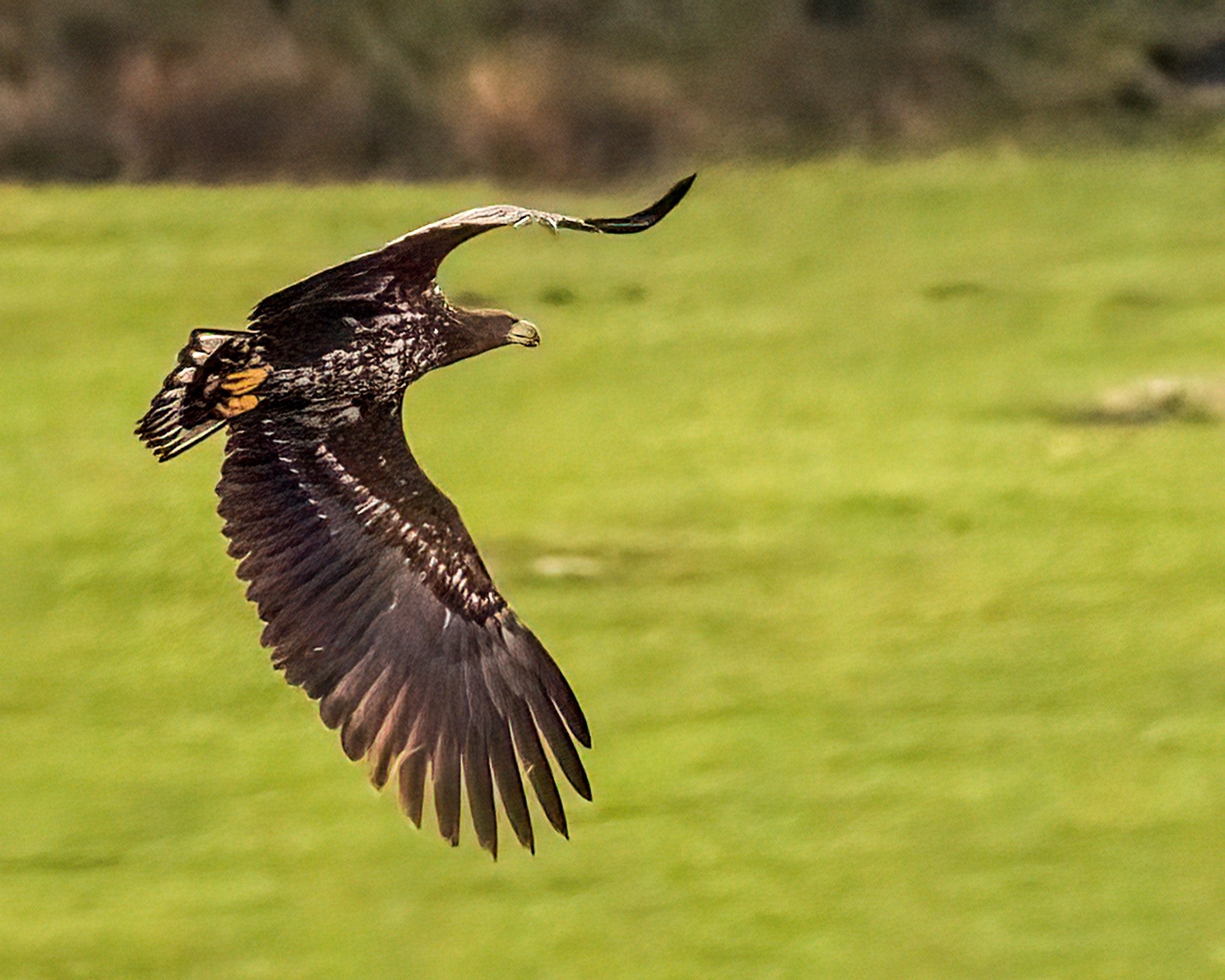Bird of prey known as the ‘flying barn door’ spotted in Cornwall
The rare white-tailed eagle spotted on Bodmin Moor was part of a reintroduction scheme on the Isle of Wight in 2019.

Your support helps us to tell the story
From reproductive rights to climate change to Big Tech, The Independent is on the ground when the story is developing. Whether it's investigating the financials of Elon Musk's pro-Trump PAC or producing our latest documentary, 'The A Word', which shines a light on the American women fighting for reproductive rights, we know how important it is to parse out the facts from the messaging.
At such a critical moment in US history, we need reporters on the ground. Your donation allows us to keep sending journalists to speak to both sides of the story.
The Independent is trusted by Americans across the entire political spectrum. And unlike many other quality news outlets, we choose not to lock Americans out of our reporting and analysis with paywalls. We believe quality journalism should be available to everyone, paid for by those who can afford it.
Your support makes all the difference.One of Britain’s largest and rarest birds of prey has been spotted in Cornwall following a reintroduction programme launched on the Isle of Wight.
White-tailed eagles – known as “flying barn doors” because of their two-metre wingspan – was photographed on Bodmin Moor on Wednesday morning.
It is a further boost to the species, which disappeared from the UK during the early 20th century following centuries of persecution.
The juvenile, which was captured on camera by amateur photographer Cat Lake, was one of six released on the Isle of Wight in the spring of 2019 as part of a reintroduction programme run by the Roy Dennis Wildlife Foundation and Forestry England.
A similar programme in the 1970s successfully reintroduced the species in Scotland.
Adults are predominantly brown, with a pale head and white tail, and in flight the eagle has long, broad wings with a short wedge tail. They have a life expectancy of 40 to 50 years.
Conservationists from the Cornwall Wildlife Trust and Cornwall Bird Watching hope that breeding pairs of white-tailed eagles could be established in the county in the next 20 years.
The last pair to breed in southern England nested on Culver Cliff on the Isle of Wight in 1780.
Cornwall Wildlife Trust’s State of Nature 2020 report found sharp declines among many species in the region.
But it cited the fact that birds such as the chough and cirl bunting have successfully re-established themselves as proof that previously lost species can make a comeback.
Last year, the Government agency Natural England gave the go-ahead for another scheme to release up to 60 white-tailed eagles, which mostly feed on fish, over 10 years in Norfolk.